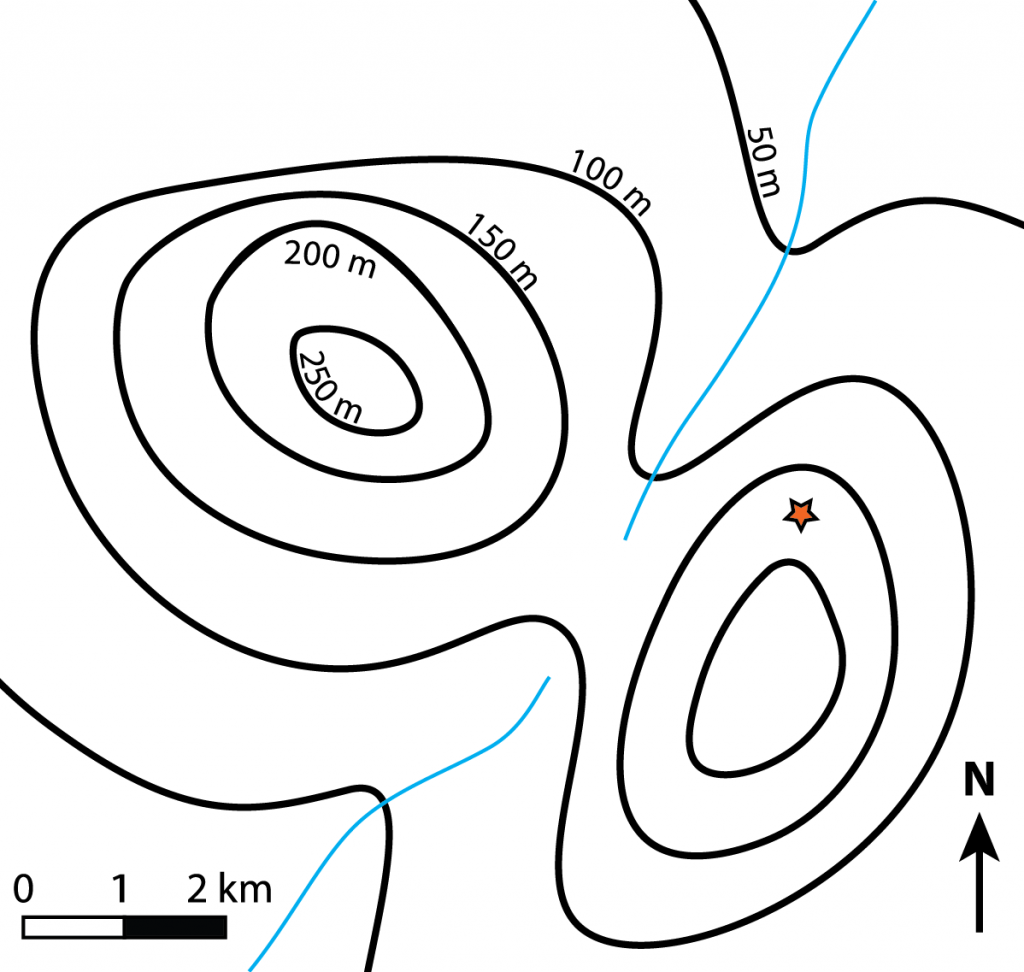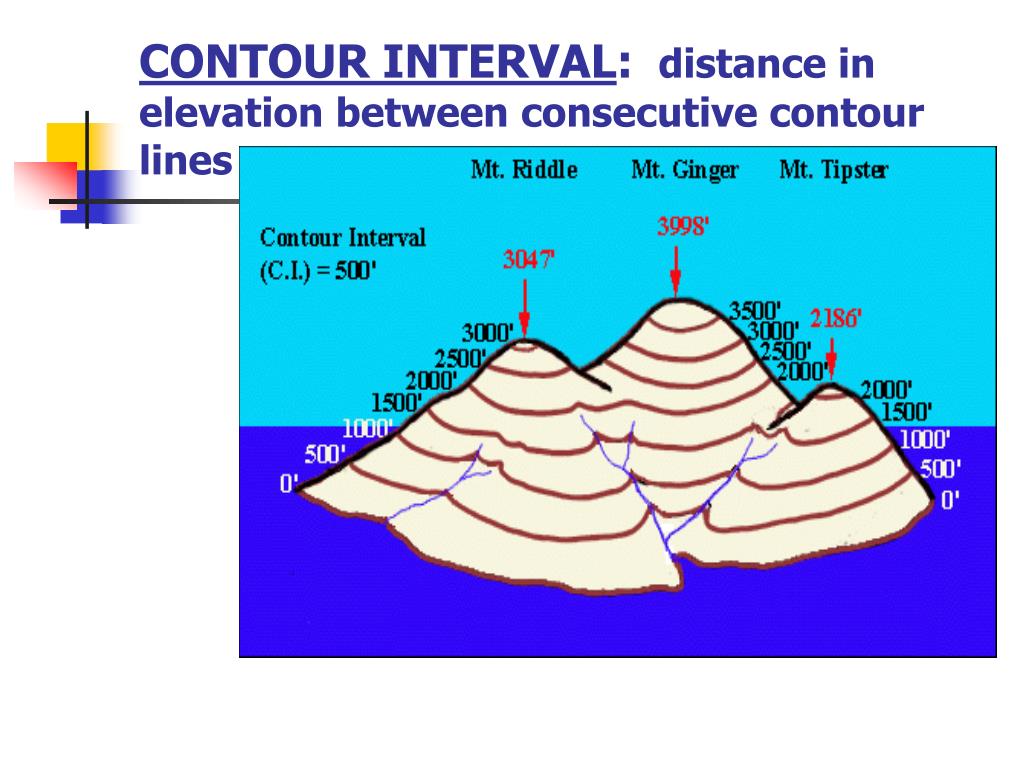

Topographical maps representing very large areas have larger scales, but maps showing more features in a smaller area have a smaller scale. You can check your topography map's scale by looking in the bottom left or right-hand corner. Geological Survey (USGS) uses a scale of 1 to 24 inches (2.54 to 61 cm), meaning every inch (2.54 cm) on the map shows 24 inches (61 cm) in real terms.

Since topographic maps usually represent large areas of land, they have a large scale. Understanding the Scale of Topography Maps Instead of placing a dot for every building, the map is shaded red or gray in densely-populated areas. Airports are depicted as diagonal crosses, while schools are tiny black squares with little flags on top. You will see various symbols and shapes on any topographical map, and many of them are labeled.įor example, you might see a circular shape labeled as “dry lake” or a rectangular shape with a “gravel” label showing that it's a gravel pit.īuildings are normally shown as small black dots, with large and important ones having their own symbols. For example, a dark red shaded area shows a busy, urban area, while a lighter red shade indicates a suburban area. These colors have different shades to denote how built-up or densely populated an area is. Black symbols or lines indicate human-made structures, such as airports, highways, or roads. Depending on the topography map, urban areas or cities are shaded in red or gray. Bodies of water (including oceans, ponds, rivers, and lakes) are shown as blue. Green-shaded areas show forests, empty tracts of land, and prairies. Brown areas coincide with contour lines and show features like mountains or hills. Topography maps have various colors, including the following: If you see a dashed line, it's a railway line, but a dotted line shows that an area is relatively flat. Thin, black lines indicate paths and trails, while thick ones show a main road or highway. Other lines on topography maps can vary in color and thickness and can be solid, dotted, or dashed. You can easily spot the index contour because it is slightly thicker and darker. For instance, if the topography map shows a contour line for every 20 feet (6 meters) in elevation, steep mountains will have several tightly-packed contour lines, while flatter landscapes will have fewer.įor every five contour lines, there is an index contour where the elevation is labeled. How widely spaced out they are depends on how steep the land or mountain is. They connect areas with equal elevations, showing where the elevation rises and how steeply. Let's take a look at contour lines and other types of lines used to mark topographic features.Ĭontour lines are typically wavy and circular and are one of the most important elements of topographical maps. There are always plenty of lines of topographical maps, and each line type represents something different. Once you understand the significance of these markings, they will allow you to understand more about the world around you. These features are indicated by a few different markings: I mentioned that topography (or topographical) maps show an area's natural and important human-made features.
Topographic map contour interval how to#
In the sections below, I'll explain how to understand topography maps and what their colors, symbols, and lines mean.

They also indicate bodies of water, mountains, forests, and valleys. These include major roads, urban areas, important buildings, and borders. Topography maps show an area's natural and significant human-made features. Most of us have used digital or paper street maps to navigate when we don't know how to get somewhere, but not everyone has used a topographic map. The worksheets look at oceanic currents, reading contour and topographical maps, the makeup of river systems, reading all forms of maps, and making your own topographical maps. We will look at how to read a wide variety of maps for location and a perspective about the land we are investigating. Students will see how that current can help shape landmasses. They will also help students explore the natural flow of rivers and waterways. These worksheets will help students learn how to read and interpret contour lines as well as how to draw them. They can quickly indicate steep slopes or cliffs above and underwater. These maps tell the navigators safe passages to follow. Being able to design and read topographic maps is critical for navigators of marine vehicles and aircraft. Many satellites have the capability to self-draw these maps. Most contour maps, these days, are generated by satellite images. These maps show us where land elevates or descends and where water forms come into play. They show height changes and features of any area. Topographical maps help us get a true sense of an area. In its purest sense, topography is a look at features of the Earth and natural and manmade formations on Earth.


 0 kommentar(er)
0 kommentar(er)
